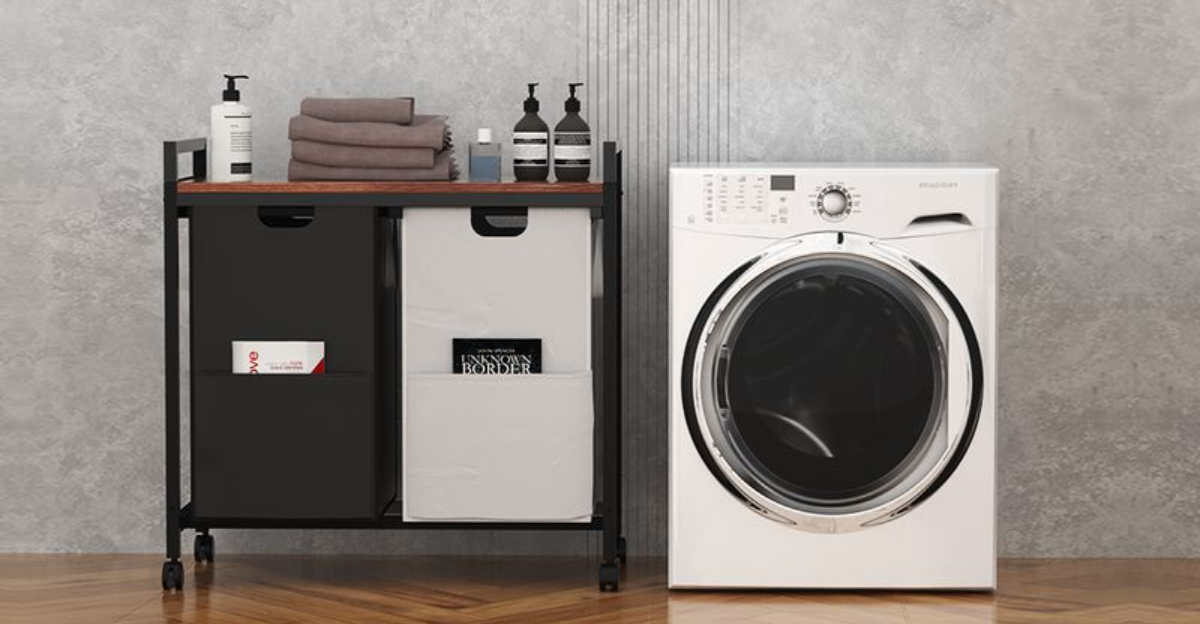Ever felt guilty about those spots in your home that never seem to stay organized no matter how hard you try?
Good news – professional organizers actually recommend keeping certain areas a bit messy! Strategic disorganization can make your home more functional and livable.
Here’s where the pros say you should embrace a little chaos for a happier, more practical living space.
1. Your Junk Drawer

Contrary to what you might think, organizing experts actually celebrate the humble junk drawer! It serves as a catch-all for those odds and ends that don’t fit elsewhere.
Without this designated chaos zone, those random items would likely scatter throughout your home. Just ensure it doesn’t overflow beyond control, and you’re golden.
2. Children’s Art Supplies
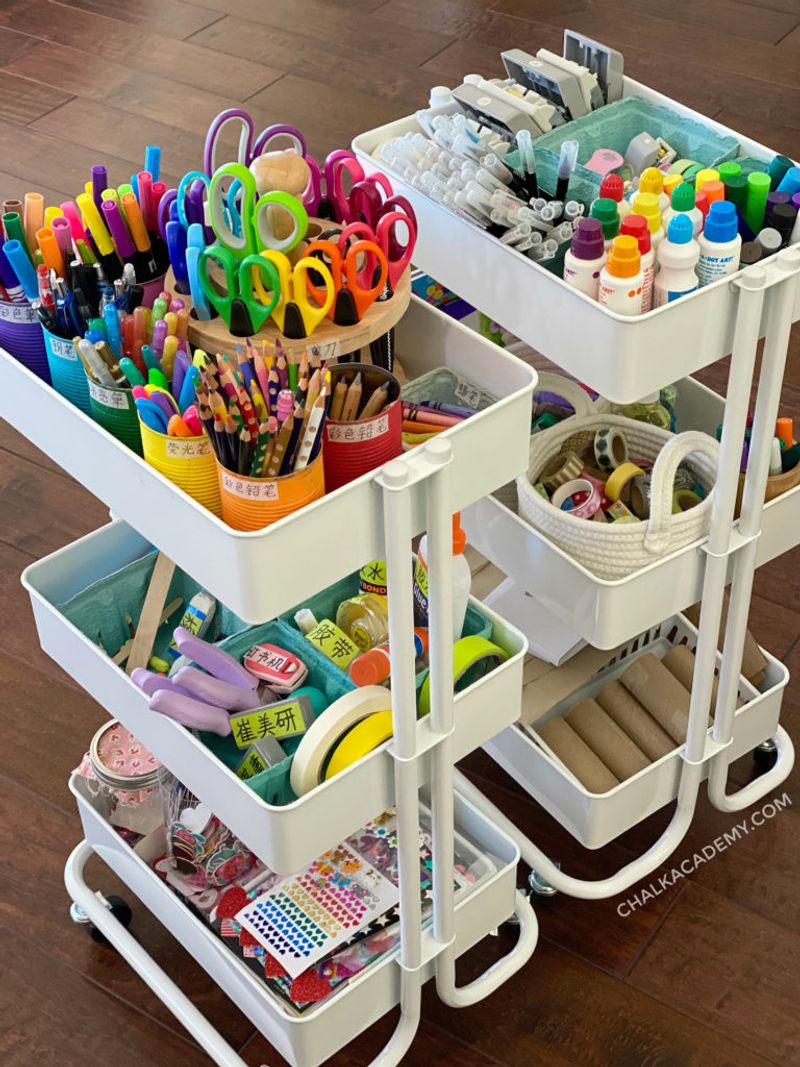
When creativity strikes, kids need quick access to their artistic tools. Perfectionism here only stifles imagination and creates unnecessary barriers to expression.
A simple bin system works wonders – crayons in one, markers in another. The goal isn’t Instagram-worthy organization but functional accessibility that encourages spontaneous creativity and independent play.
3. Bedside Reading Stack
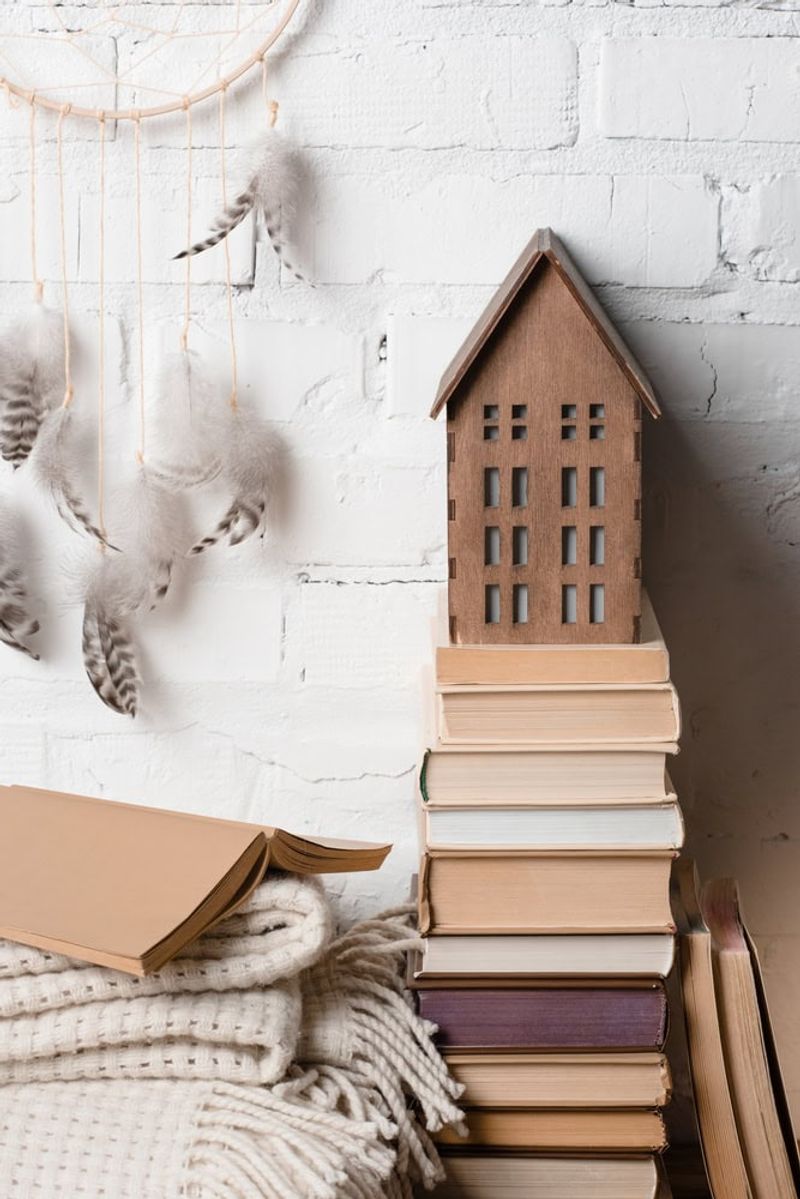
Bibliophiles rejoice! That teetering tower of books by your bed deserves to stay just as it is. Your nightstand reading collection represents your current interests and literary journeys.
Organizing pros suggest embracing this personal library rather than hiding it away. Just keep it manageable enough not to become a safety hazard or dust collector.
4. Spice Collection
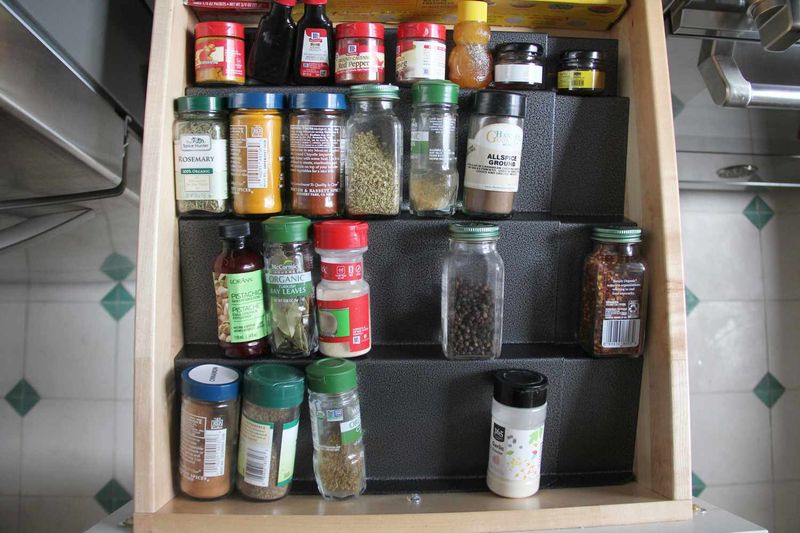
Matching spice jars might look stunning on Pinterest, but they’re not always practical. Many cooking enthusiasts find that transferring spices creates more work and disconnects them from important information on original packaging.
Focus instead on grouping similar spices together. The goal should be finding what you need quickly when cooking, not creating a photo-worthy display.
5. Craft Corner
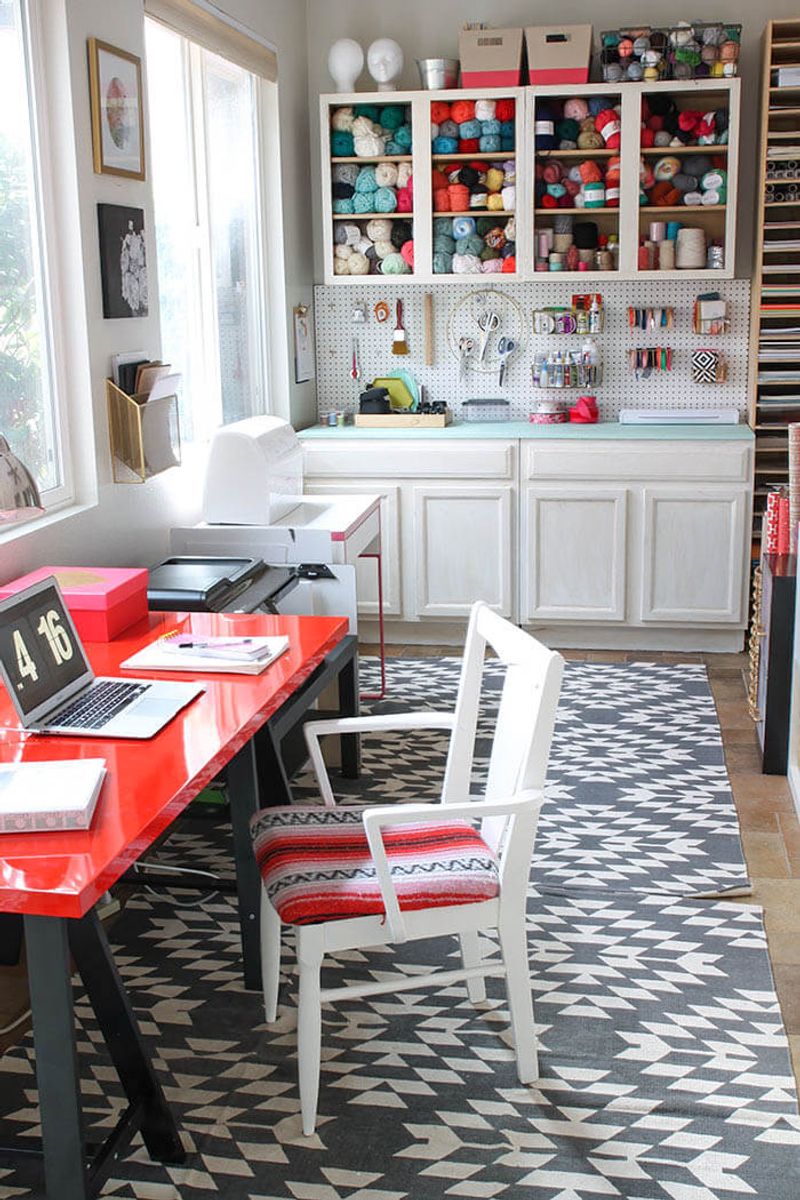
Ever noticed how the most creative people often work in what appears to be organized chaos? There’s wisdom in this approach for your crafting space.
Materials in constant use deserve easy access rather than being hidden away in perfect containers. A level of “working mess” actually boosts productivity and inspiration. Just implement basic categories to prevent total mayhem.
6. Toy Rotation Area
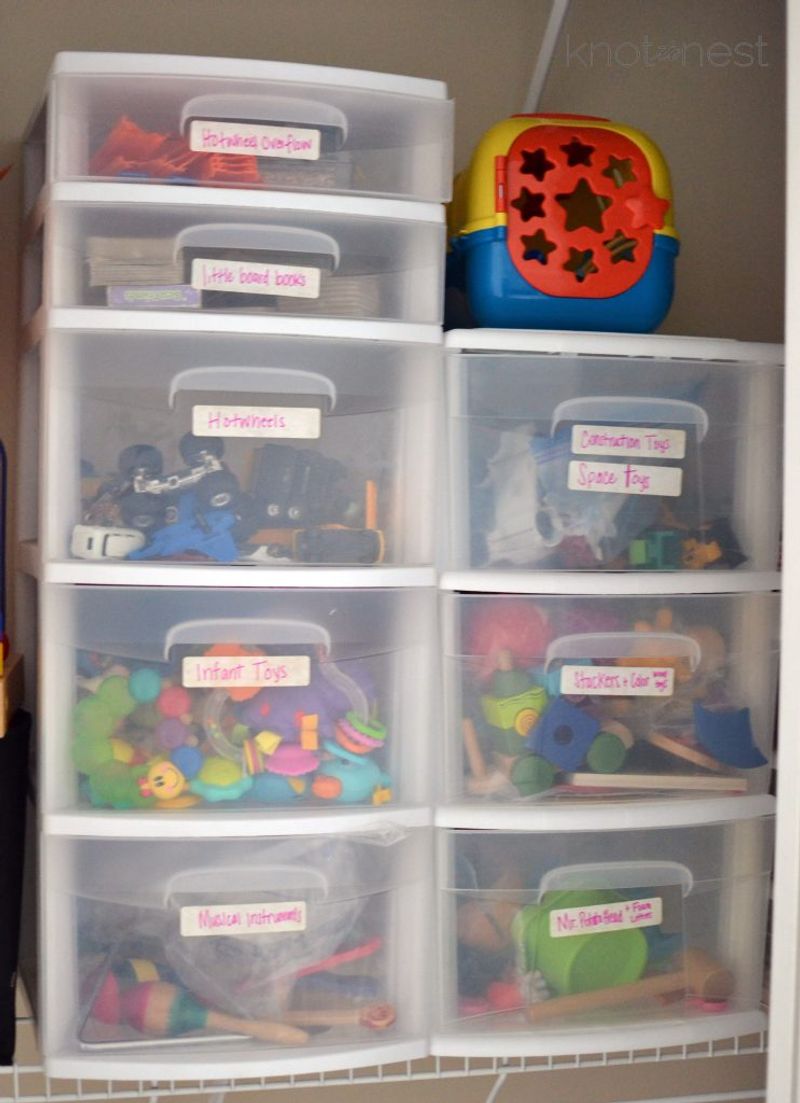
Behind-the-scenes toy storage doesn’t need to win any beauty contests! This backstage area works best with simple, functional bins rather than elaborate systems.
Quick categorization trumps perfect arrangement here. Parents who maintain a casual rotation zone find it easier to swap toys regularly, keeping children engaged with fresh options while preventing playroom overflow.
7. Kitchen Countertop Essentials
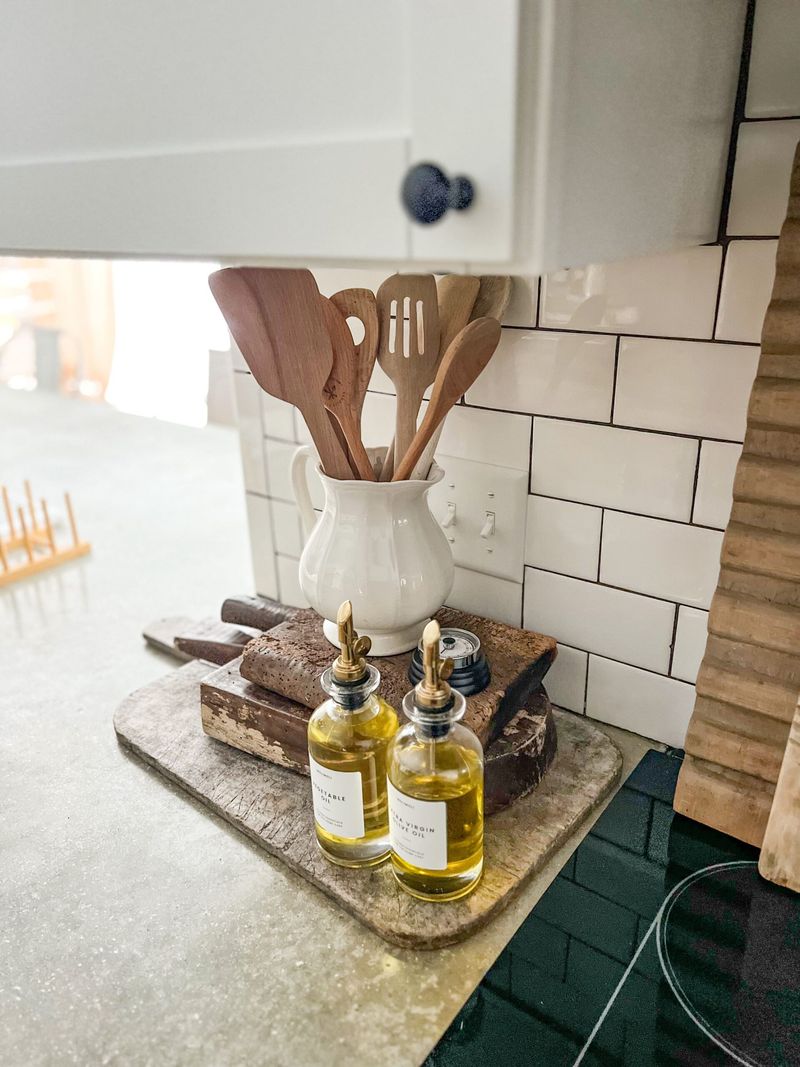
Those frequently-used kitchen tools deserve prime real estate! Forcing everyday items into cabinets creates unnecessary work and frustration during meal preparation.
A simple crock for utensils or a small tray for olive oil and salt allows for efficiency without perfect styling. Function should always trump form in working kitchen spaces.
8. Garage Workbench
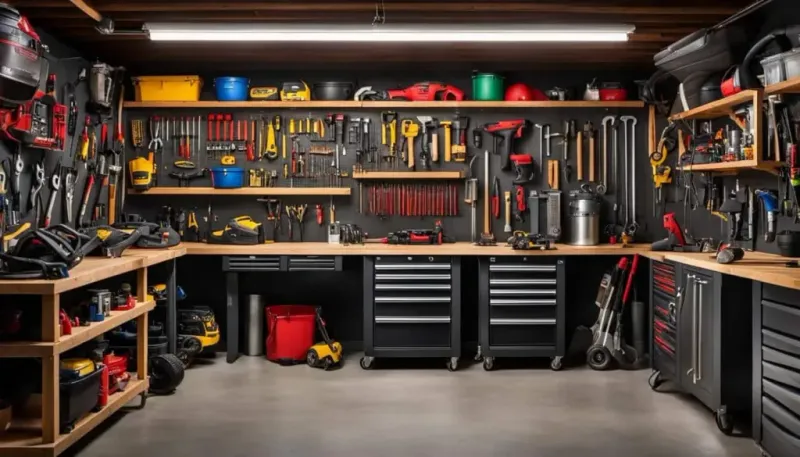
The most productive workshops often look like organized chaos to the untrained eye. Tools in active use naturally create a certain level of disorder during projects.
Instead of obsessing over perfect placement, focus on broad categories and accessibility. The goal is finding what you need when you need it, not creating a showroom-worthy display that’s too precious to actually use.
9. Laundry Sorting Zone
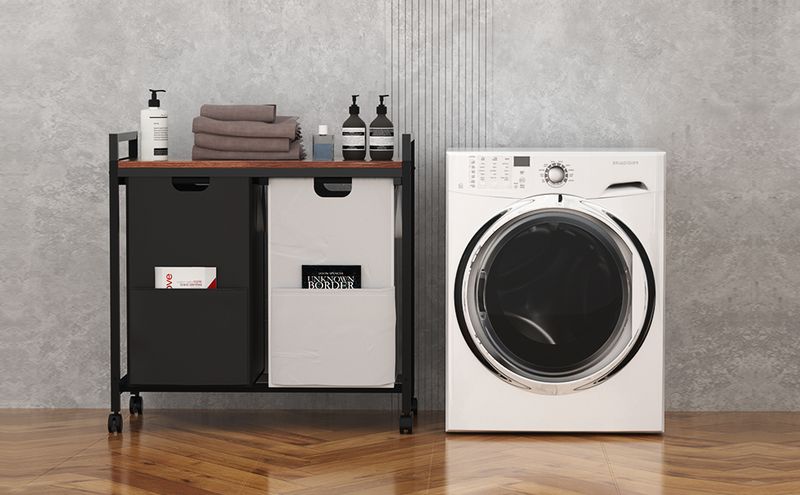
Attempting picture-perfect laundry sorting is fighting a losing battle! This inherently messy process works best with simple, functional systems rather than Instagram-worthy setups.
Basic sorting hampers or bins without elaborate categorization keep this area manageable. Remember, this space is meant for processing, not perfection or permanent storage.
10. Home Office Desk
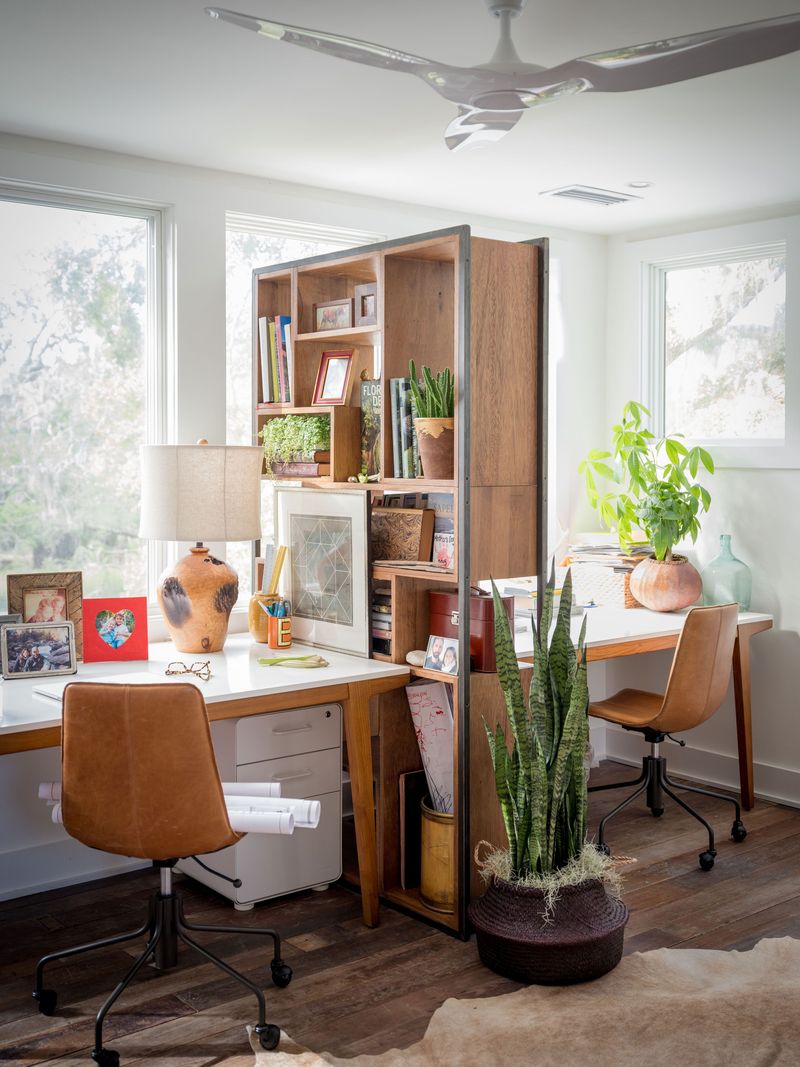
A workspace in active use naturally develops a certain productive messiness. Current projects deserve desktop real estate rather than being filed away prematurely.
Organizing experts suggest maintaining zones for active work while avoiding unnecessary perfectionism. Your desk should reflect your working mind – organized enough to function efficiently but with space for creative thinking.
11. Bathroom Counter Essentials

Morning routines flow more smoothly when frequently-used items remain accessible! Constantly putting away everyday products creates unnecessary friction in your daily rhythm.
A simple tray corralling daily essentials provides sufficient organization without perfectionism. This approach balances visual calm with practical functionality, making your morning and evening routines more efficient.
12. Refrigerator Door
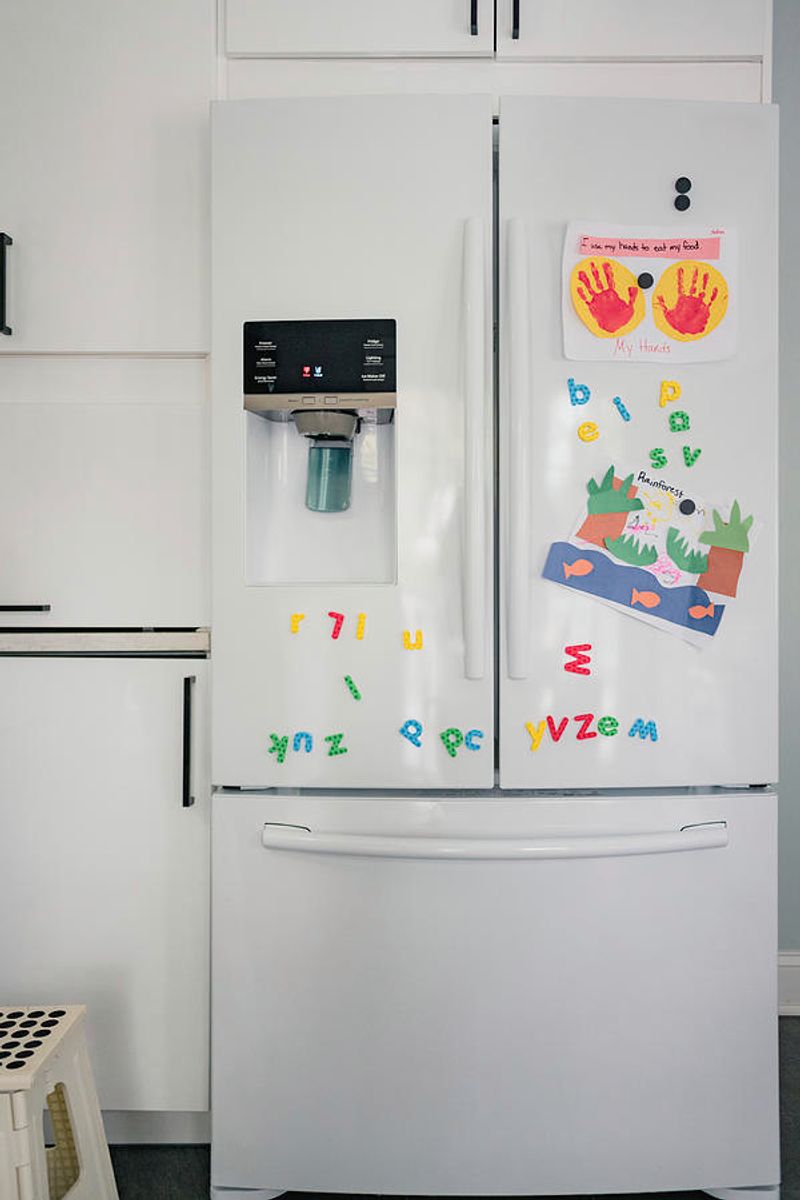
Family life happens on refrigerator doors! This magnetic canvas naturally accumulates children’s artwork, important reminders, and family photos – and that’s perfectly okay.
Rather than banishing these personal touches, organizing experts suggest embracing this evolving family gallery. Just periodically refresh the display to prevent overwhelming clutter while preserving its function as your home’s communication center.
13. Pantry Snack Zone
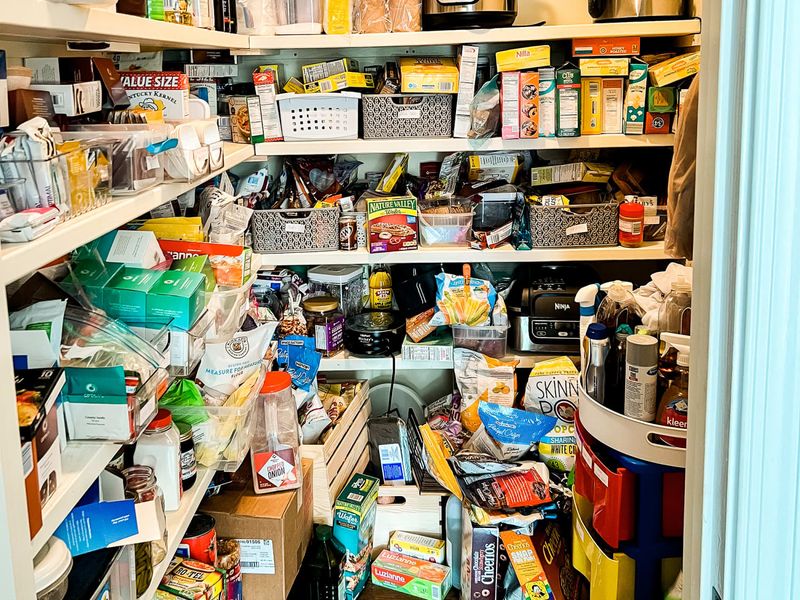
Families with children know the futility of maintaining picture-perfect snack areas! These high-turnover zones naturally experience more disorder than other storage spaces.
Simple bins without elaborate labeling systems work best here. Focus on broad categories and accessibility rather than perfect alignment or decanting everything into matching containers that require constant maintenance.
14. Entryway Drop Zone
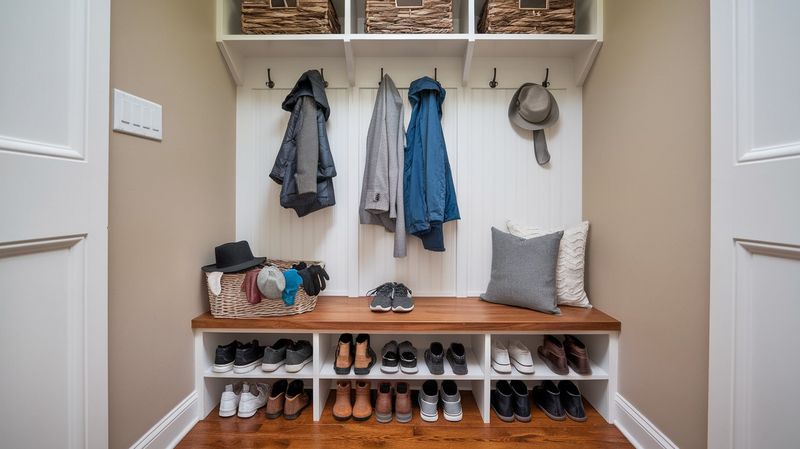
Life happens at your doorway! This transition space between outside and inside naturally accumulates daily essentials in use.
Rather than fighting this reality, create simple systems that accommodate it. Hooks, a basket for small items, and a designated spot for shoes provide sufficient structure without requiring perfect maintenance throughout busy days.
15. Garden Tool Area
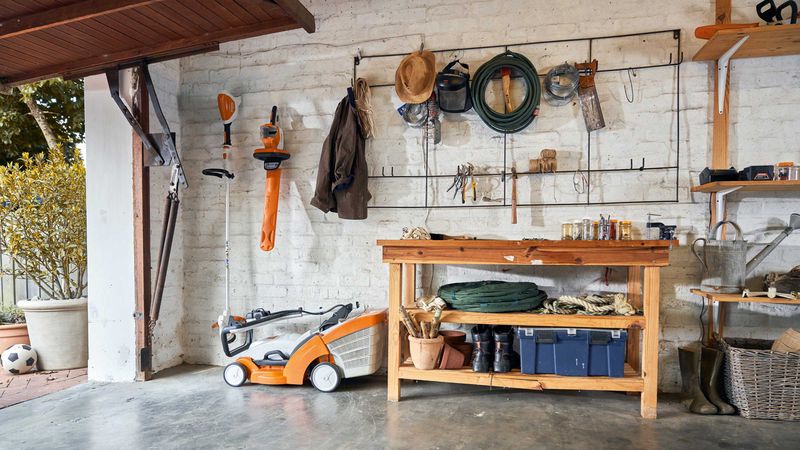
Gardening is inherently messy business! Your tool storage should prioritize functionality over appearance, especially during active growing seasons.
Simple systems like pegboards or buckets trump elaborate organization here. Focus on keeping tools accessible and protected from elements rather than creating a magazine-worthy display that’s impractical for regular use.
16. Bookshelf Personal Touches
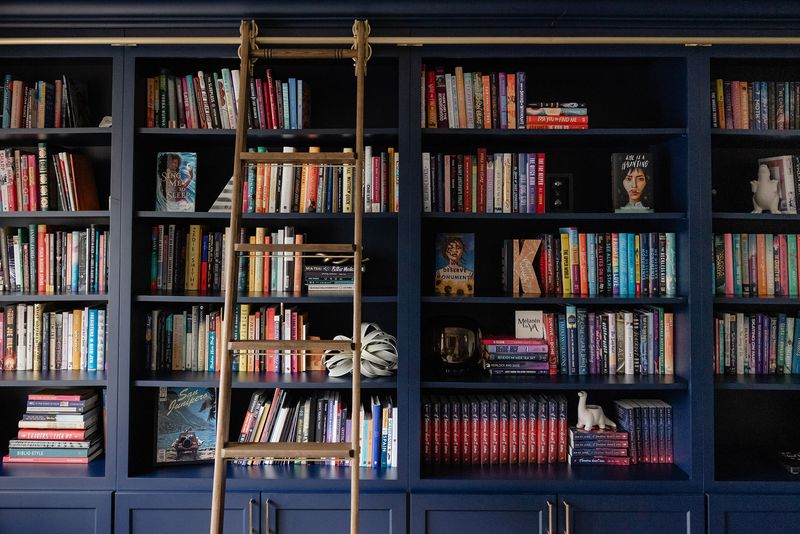
Those perfectly styled bookshelves you see online often lack personality and functionality! Real book lovers need access to their collections, not just pretty displays.
Organizing experts encourage mixing horizontal and vertical stacking based on use patterns. Incorporate personal mementos naturally rather than creating artificial vignettes that prioritize appearance over meaning and accessibility.
17. Hobby Equipment Storage
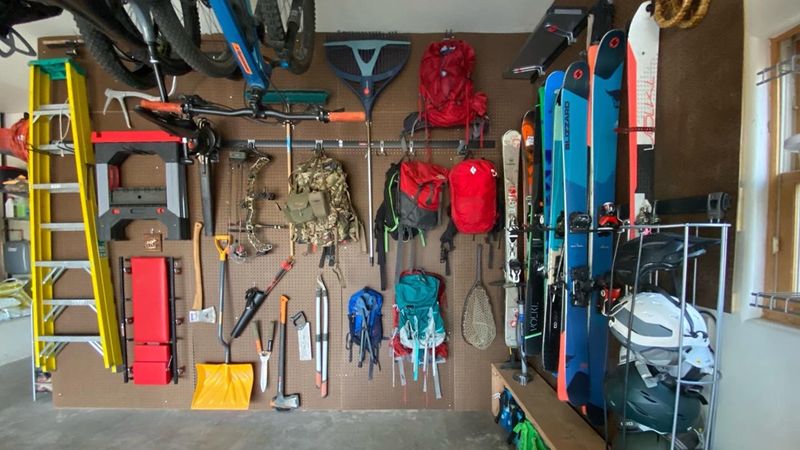
Whether it’s camping gear, sports equipment, or musical instruments, hobby items benefit from practical rather than perfect organization. These items should be ready for action!
Focus on broad categories and accessibility over meticulous arrangement. Equipment in regular rotation deserves easy access, while seasonal items can be stored more thoroughly between uses.

